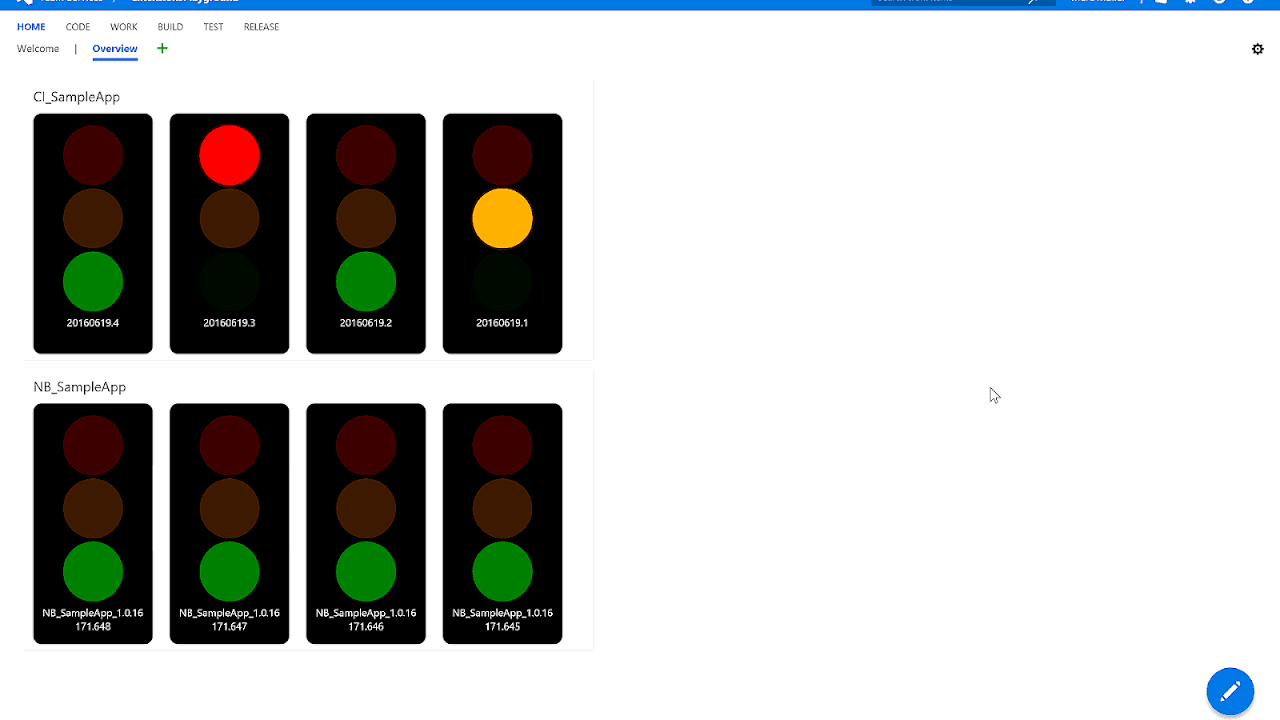
John Peake Knight (13 December 1828 - 23 July 1886) was a railway engineer and inventor, credited with inventing the traffic light in 1868.

Maps, Directions, and Place Reviews
Biography
Knight was born in Nottingham and attended Nottingham High School. He left school at 12 to work in the parcel room of Derby railway station. Peake Knight was promoted quickly and by the age of 20 was Traffic Manager for the London to Brighton Line. He did a great deal to improve the quality of railway travel, introducing the Pullman car and safe carriages with alarm pulls for ladies.
He and his wife, Elizabeth, had five sons and the eldest founded J P Knight Ltd., tug boat operators.
Knight died in 1886 and the Prince of Wales had a special wreath placed on his coffin during the funeral. He is buried in Brompton Cemetery in London.
How To Build A Traffic Light Video
Invention of traffic lights
In 1866, a year in which 1102 people were killed and 1334 injured on roads in London, Knight proposed a signalling system to regulate the horse-drawn traffic and reduce the number of road accidents. Knight's invention was operated by a policeman and used a semaphore, system based on railway signalling, during the day and red and green gas-powered lamps at night. The world's first traffic light was installed on December 9, 1868, near London's Westminster Bridge, at the intersection of Great George Street and Bridge Street, London SW1. However, in 1869 a gas leak caused one of the lights to explode, badly injuring the policeman operating it, and the system fell out of favour and was removed. Subsequently, the idea was further developed in the US but traffic lights did not appear again in the UK until 1929, when the first electric signals were introduced in London.
A memorial plaque to Peake Knight's invention can be seen at 12 Bridge Street, Westminster, the corner building close to where the original traffic lights were erected. Minister for Roads and Road Safety Baroness Hayman unveiled the plaque on 4 March 1998.
Source of the article : Wikipedia


EmoticonEmoticon